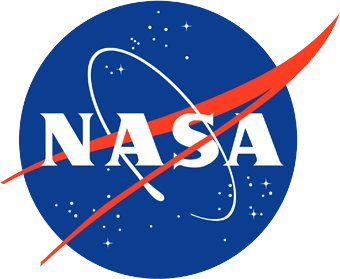
Discover how we're driving the Nation's scientific progress through world-class research across Earth and Space sciences at Goddard’s Sciences and Exploration Directorate.
Earth Sciences
The Earth Sciences Division is the nation's technical innovator and essential data provider to support national infrastructure, scientific leadership, and economic resilience.
Go to Division
Astrophysics
The Astrophysics Science Division leads America's quest to answer our most profound scientific questions, developing technologies with transformative applications in medicine, national security, and intelligence.
Go to Division
Heliophysics
The Heliophysics Science Division advances understanding of the Sun and its interactions with Earth and the solar system, providing the foundational science that drives space weather research and solutions in collaboration with government, industry, and academia.
Go to Division
Planetary Sciences
The Solar System Exploration Division powers space missions and leads human space exploration to the Moon and Mars through revolutionary research that charts the frontiers of our solar system and deepens our understanding of planetary system formation and evolution.
Go to Division
NanoSail-D2
In 2011, on January 20, NASA's NanoSail-D2 unfurled a very thin and very reflective 10 square meter sail becoming the first solar sail spacecraft in low Earth orbit. Often considered the stuff of science fiction, sailing through space was suggested 400 years ago by astronomer Johannes Kepler, who had observed comet tails blown by the solar wind. But modern solar sail spacecraft designs, like NanoSail-D2, Japan's interplanetary spacecraft IKAROS, or the Planetary Society's Lightsail A, rely on the small but continuous pressure from sunlight itself for thrust. Glinting in the sunlight as it circled planet Earth, NanoSail-D2's solar sail was periodically bright and visible to the eye. These remarkably detailed images were captured by manually tracking the orbiting solar sail spacecraft with a small telescope.



